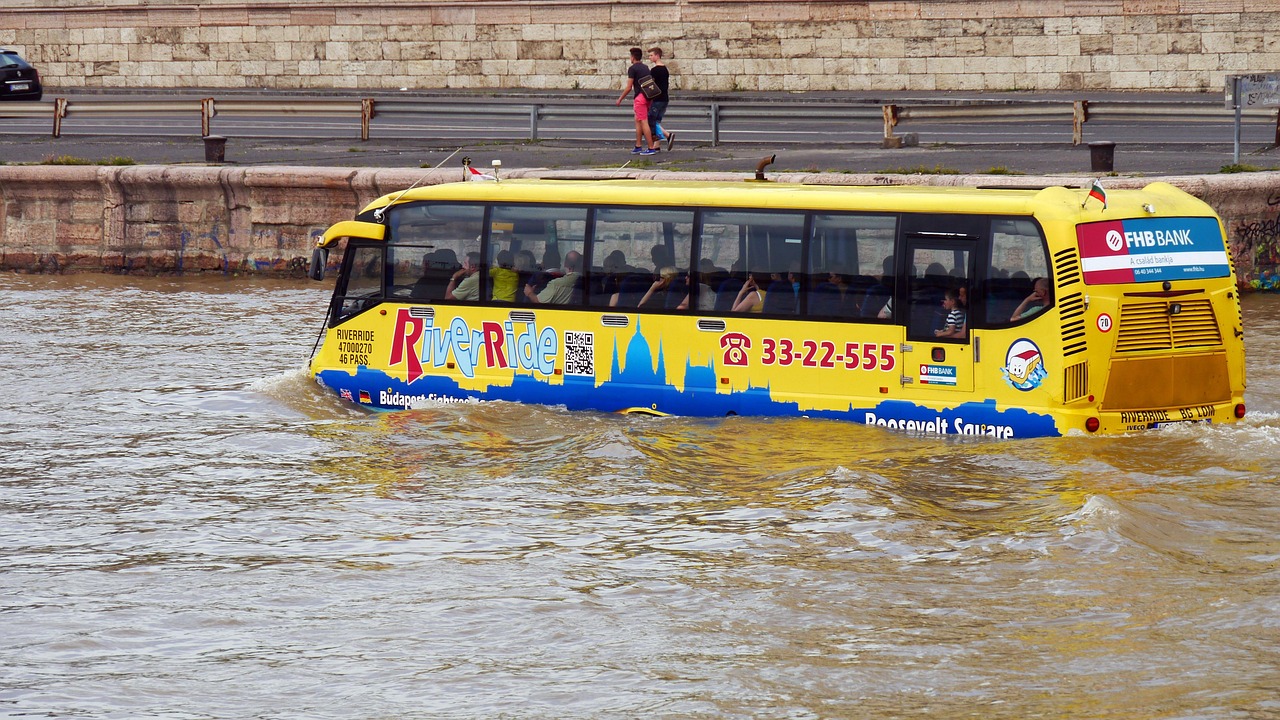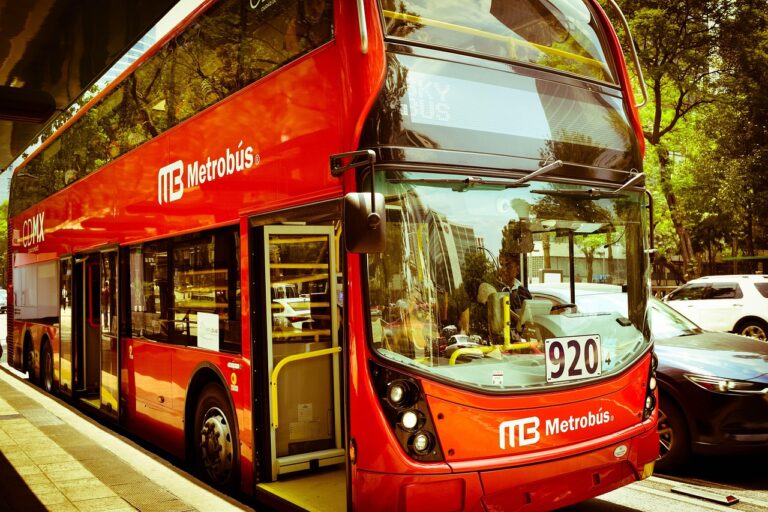Navigating Mexico’s Bus System: Tips for First-Time Travelers
Mexico’s extensive bus network offers an affordable and reliable way to explore the country’s diverse landscapes and vibrant cities. From luxury coaches with reclining seats to budget-friendly options connecting remote villages, understanding the nuances of bus travel in Mexico can enhance your journey and save you both time and money.
Key Takeaways
- Mexico offers multiple bus class options from luxury Executive/Primera Plus to economy Segunda services
- Major bus terminals are organized by destinations and companies, making navigation straightforward with proper planning
- Online booking is available through company websites or apps, though having basic Spanish skills helps
- Long-distance buses typically include amenities like WiFi, snacks, and entertainment on higher-class services
- For safety, choose reputable companies like ADO, ETN, and Primera Plus for intercity travel
Understanding Bus Classes in Mexico
Mexico’s bus system is organized into distinct classes that cater to different budgets and comfort preferences. The top-tier services include Executive (Ejecutivo) and First Class (Primera Plus) buses, which offer spacious seating, onboard restrooms, and entertainment systems.
Second-class (Segunda) buses make more frequent stops and cost less but provide fewer amenities. For budget travelers, economy options connect smaller towns and villages, though they often take longer routes and may not have air conditioning.

Major Bus Companies and Routes
Several reputable companies dominate Mexico’s intercity bus market, each servicing specific regions. ADO Group operates extensively in southern and eastern Mexico, including popular tourist destinations like Cancun, Tulum, and Oaxaca.
In central and northern Mexico, companies like ETN, Primera Plus, and Estrella Blanca offer comprehensive route networks. Puerto Vallarta to Guadalajara represents one of the popular tourist routes well-served by luxury coaches with stunning scenery along the way.
Most major cities have multiple bus terminals, often organized by destination region. Mexico City alone has four main terminals: North, South, East, and West, each serving different parts of the country.
Booking Your Bus Tickets
Purchasing bus tickets in Mexico has become increasingly convenient with online options. Major companies offer booking through their websites and mobile apps, though interfaces may be primarily in Spanish.
Here are the main ways to book your bus journey:
- Online through official company websites (ADO, ETN, Primera Plus)
- At the bus terminal ticket counters
- Through third-party aggregators like Busbud or Clickbus
- Via telephone reservation (basic Spanish helpful)
I recommend booking in advance for popular routes, especially during holiday periods and weekends. For less-traveled routes, same-day purchases at the terminal usually suffice.
Navigating Bus Terminals
Mexican bus terminals (centrales de autobuses) range from modern, mall-like complexes to simple stations. Large terminals in major cities typically include restaurants, shops, ATMs, and waiting areas.
When arriving at a terminal, locate the information desk or digital displays showing departures and arrivals. Terminals organize companies by sections or “salas,” with each company having dedicated ticket counters and departure gates.
For first-time visitors, I suggest arriving at least 45 minutes before departure. This provides ample time to find your gate and handle any unexpected issues that might arise.
What to Expect During Your Journey
On first-class and executive buses, expect an experience comparable to air travel. Seats typically recline significantly (often 160 degrees), and passengers receive complimentary snacks and beverages on longer journeys.
Most premium buses now offer free WiFi, though connection quality varies in rural areas. Entertainment options usually include individual screens with movies (often in Spanish) or shared overhead TVs.
Bus journeys include scheduled rest stops every 2-4 hours at designated service areas with restaurants and restrooms. The best way to travel around Mexico often involves combining these comfortable bus journeys with other transportation options depending on your specific itinerary.
Safety Tips for Bus Travel
Bus travel in Mexico is generally safe, particularly when using established companies on popular routes. First-class buses have security measures including CCTV, driver identification, and sometimes security checks before boarding.
Consider these safety recommendations:
- Use reputable companies for intercity travel
- Keep valuable items with you rather than in overhead storage
- Avoid overnight buses in certain regions (consult current travel advisories)
- Store larger luggage in the compartment beneath the bus and keep the claim ticket safe
- Inform yourself about your destination before arrival
When traveling between cities, the safest option is using direct services on toll highways (cuotas) rather than free roads (libres). Premium services prioritize passenger safety and comfort, making them worth the additional cost.
Language Considerations
While major tourist destinations often have English-speaking staff, most bus operations function primarily in Spanish. Learning a few key phrases can significantly improve your experience.
Useful Spanish terms for bus travel include:
- “¿A qué hora sale el autobús a…?” (What time does the bus to… leave?)
- “Un boleto para…” (One ticket to…)
- “¿Cuánto cuesta?” (How much does it cost?)
- “¿Dónde está la sala/andén?” (Where is the departure lounge/platform?)
Many ticket machines and booking websites offer English options, but having a translation app ready can help with unexpected communication challenges. The travel blog section offers additional language tips for navigating Mexico’s transportation system.
Cost and Payment Options
Bus travel costs vary significantly based on distance, class, and region. A four-hour journey on a first-class bus typically costs between $20-40 USD, while executive class might run $30-60 USD for the same route.
Most terminals and websites accept credit cards, but carrying some cash is advisable, especially at smaller stations. Some companies offer discounts for round-trip purchases or for students, seniors, and children.
Comparing prices between companies can yield savings, but don’t sacrifice comfort and safety for minimal differences. The value offered by premium services often justifies the additional expense, particularly for longer journeys.
Final Thoughts
Mexico’s bus system represents one of the country’s greatest transportation assets, connecting virtually every corner of this diverse nation. For travelers willing to step away from rental cars and domestic flights, buses offer a unique perspective on the Mexican landscape and culture.
With comfortable options, extensive routes, and reasonable prices, bus travel provides an accessible and authentic way to experience Mexico. By understanding the class system, booking options, and safety considerations, first-time visitors can confidently navigate this comprehensive network and discover destinations both on and off the typical tourist path.
Sources
Mexico Desconocido – Sistema de Autobuses en México
Rome2Rio – Mexico Bus Travel Guide
Along Dusty Roads – Bus Travel in Mexico




